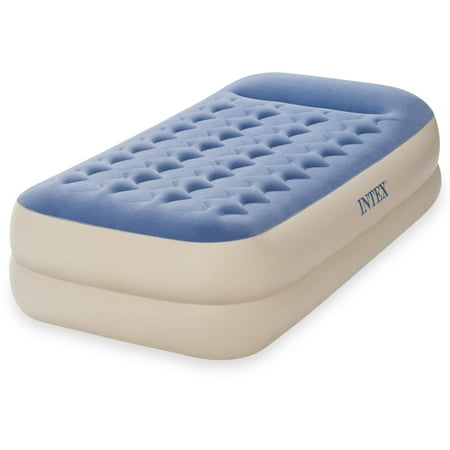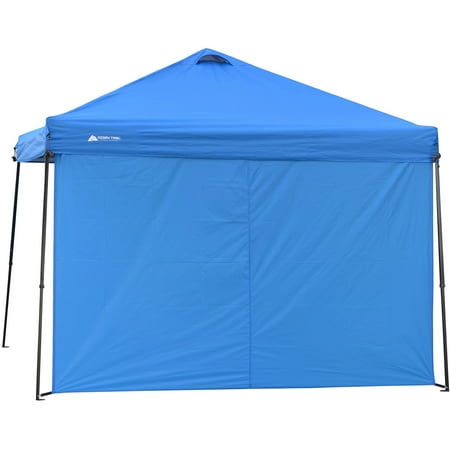Intex 24″ Queen Dura-beam Dream Lux Pillow-Top Airbed Mattress with Internal Pump
Sleep luxuriously just about anywhere with the Intex 24″ Queen Durabeam Pillow Top with an Internal Pump. Inflatable air mattresses are convenient, but they’re not always known for their comfort or spacious designs. The Intex Dream Lux Airbed elevates the humble air mattress with a sumptuously cozy build, with a plush pillow-top sleep surface, and flocked sides. At 60″ x 80″ x 24″, this airbed fits two adults easily with ample room to stretch out and get comfortable; a unique-edge construction allows for greater sleeping space and stability. The Queen sized pillow top air bed can be dressed with any appropriately-sized linens; the flocked surface helps keep fitted sheets from slipping, for even greater comfort. The mattress is constructed with Dura-Beam for a more durable airbed and can be inflated and deflated quickly with the Internal pump. Once deflated, it packs flat for compact storage; a carry bag is included for added convenience.










Intex 24″ Queen Dura-beam Dream Lux Pillow-Top Airbed Mattress with Internal Pump:Soft pillowtop and textured outer layer for added comfortEnhanced high-strength fibers provide comfort and supportFlocked sides are more puncture and abrasion-resistantPillow top air bed features a unique-edge construction for more sleeping space and mattress stabilityBuilt-in pump for easy inflation and deflationIntex Dream Lux Airbed includes a carry bag for easy storage and transportWeight Limit 600 poundsDimensions: 60″ x 80″ x 24″





Reviews
There are no reviews yet.